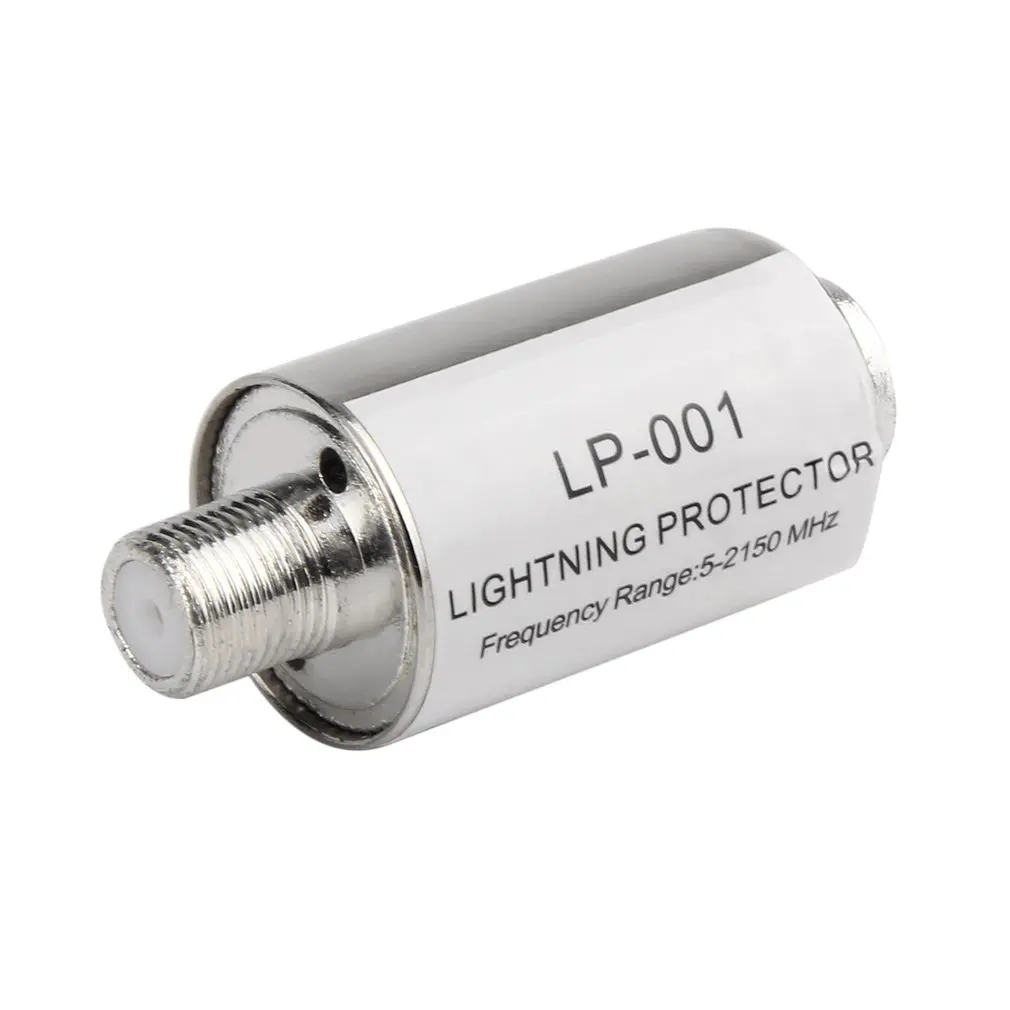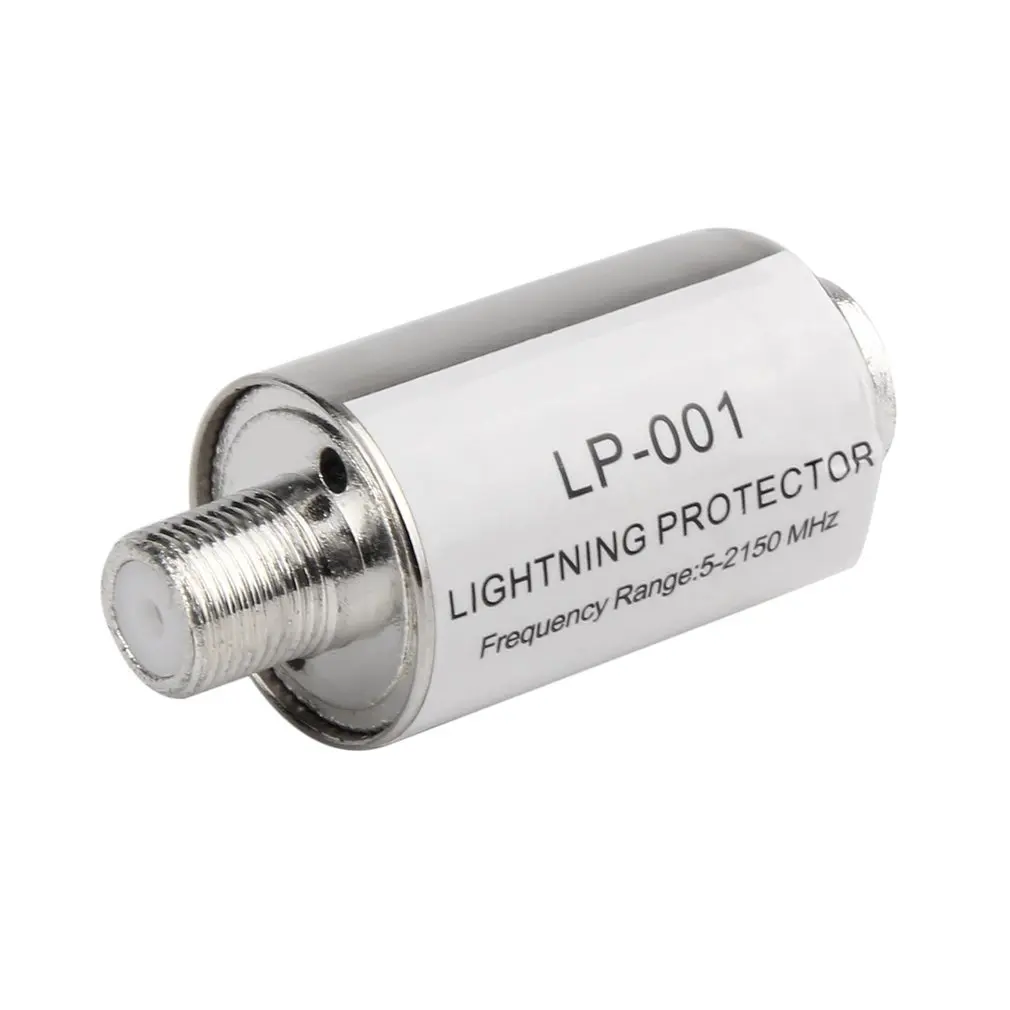Orbital Service Satellite Systems : satellite system
[ad_1]
Table of Contents:
I. Introduction
II. The Problem with Abandoned Satellites
III. The In-space Upgrade Satellite System (LM LINUSS)
IV. The Advantages of Upgrading In-space
V. Applications of the In-space Upgrade Satellite System
VI. LM LINUSS and the Future of Space Technology
VII. Conclusion
FAQs:
1. What is the In-space Upgrade Satellite System?
2. How does upgrading satellites in space benefit the industry?
3. What is a CubeSat?
4. What type of servicing operations can In-space Upgrade Satellite System perform?
5. How does LM LINUSS pave the way for future space technology development?
I. Introduction
Lockheed Martin, a world-renowned aerospace company, is leading the charge on developing cutting-edge technology for the space industry. With the increasing problem of abandoned satellites due to the high costs of launching new ones, Lockheed Martin has designed an innovative solution – the In-space Upgrade Satellite System (LM LINUSS). The LM LINUSS is a satellite system that specializes in upgrading and servicing small satellites in space.
In this article, we will explore the problem with abandoned satellites, the advantages of upgrading small satellites in space, and the potential for LM LINUSS to revolutionize the space industry. We will also answer frequently asked questions to provide a thorough understanding of the topic.
II. The Problem with Abandoned Satellites
Satellites are crucial in the modern world for communication, weather observation, and navigation. However, the high cost of launching them into space and the ongoing maintenance required makes them a significant investment for companies. When satellites malfunction, they often become difficult and costly to repair, leading to companies abandoning them in orbit.
Abandoned satellites can cause a massive issue, with them contributing to the growing problem of space debris. Space debris is any man-made object orbiting the Earth that no longer has a useful function and poses a risk to functioning spacecraft. With space debris orbiting the Earth at high speeds, they create a significant hazard that must be addressed before it worsens.
III. The In-space Upgrade Satellite System (LM LINUSS)
The LM LINUSS satellite system is Lockheed Martin’s solution to the problem of abandoned satellites. It aims to upgrade and service small satellites in orbit, with special emphasis on CubeSats. CubeSats are miniature satellites in the form of cubes, which measure 10cm by 10cm by 10cm, with a maximum weight of 1.33 kg.
The LM LINUSS system comprises specialized CubeSats that can perform close-proximity operations with malfunctioning satellites. Once the malfunctioning satellite has been serviced, the system can reattach it to its original orbit, with a new lease on life.
IV. The Advantages of Upgrading In-space
Upgrading satellites in space offers several advantages compared to traditional satellite launches. Firstly, it is much cheaper and more energy-efficient than launching new satellites. Secondly, it reduces the number of abandoned satellites that become space debris, thus contributing to the reduction of space debris. Lastly, it ensures the longevity and sustainability of space operations in the long term.
V. Applications of the In-space Upgrade Satellite System
The LM LINUSS system has various applications in the space industry, with many companies looking to incorporate it into their maintenance protocols. The system can be used to service satellites in different orbits, from low-Earth orbit to geostationary orbit, where communication and weather satellites operate. With the ability to upgrade and service satellites in different positions in space, the LM LINUSS system provides a versatile solution to the problem of abandoned satellites.
VI. LM LINUSS and the Future of Space Technology
The LM LINUSS system exemplifies the importance of innovation in the space industry, with cloud-based operations, smallsat platforms, and agile development coming together to create a breakthrough in space technology. By proving that it is possible to upgrade small and medium-class missions on-orbit, Lockheed Martin is paving the way for future space technology development.
VII. Conclusion
Lockheed Martin’s LM LINUSS satellite system provides a sustainable solution to the problem of abandoned satellites in orbit. Upgrading satellites on-orbit not only reduces the number of abandoned satellites but also ensures the longevity and sustainability of space operations in the long term. With the potential to revolutionize the space industry and pave the way for future technological breakthroughs, the LM LINUSS system highlights the role of innovation in solving real-world issues.
FAQs:
1. What is the In-space Upgrade Satellite System?
The In-space Upgrade Satellite System is Lockheed Martin’s solution to the problem of abandoned satellites in orbit. The system specializes in upgrading and servicing small satellites in space, with special emphasis on CubeSats.
2. How does upgrading satellites in space benefit the industry?
Upgrading satellites in space offers several advantages, including cost-effectiveness, energy efficiency, and reduction of space debris.
3. What is a CubeSat?
A CubeSat is a miniature satellite in the form of cubes, which measure 10cm by 10cm by 10cm, with a maximum weight of 1.33 kg.
4. What type of servicing operations can the In-space Upgrade Satellite System perform?
The In-space Upgrade Satellite System can perform close-proximity operations with malfunctioning satellites, servicing them and reattaching them to their original orbits.
5. How does LM LINUSS pave the way for future space technology development?
By proving that it is possible to upgrade small and medium-class missions on-orbit, Lockheed Martin’s LM LINUSS satellite system is paving the way for future space technology development, highlighting the importance of innovation in solving real-world issues.
[ad_2]









